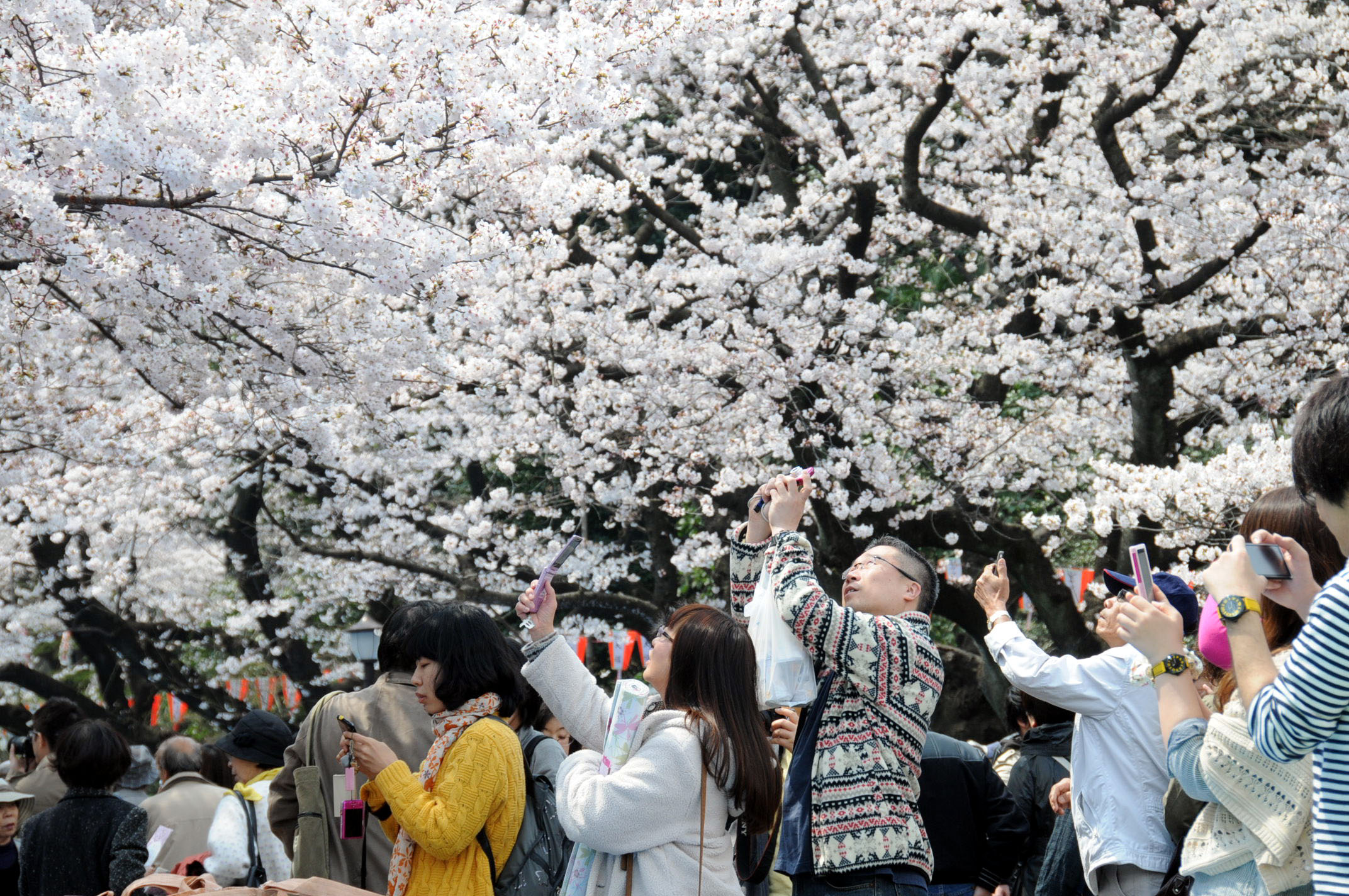It's that time of year when the Japanese turn their thoughts to what I call the 3-S's: sakura (桜, cherry blossoms), sakamori (酒盛り, drinking parties) and shuran (酒乱, getting raucously drunk).
Fifty weeks out of the year we're our dull, proper, work-addicted selves, but for two weeks in spring, under the cherry blossoms, we turn into feisty, pleasure-seeking bacchanalian animals. Get with it. A girlfriend of mine actually got pregnant during this season, with a colleague who sat four seats away from her at the hanami (花見, cherry-blossom-viewing party) in Inokashira Park (by far the most happening sakura spot in Tokyo). When dawn rolled around, seating arrangements had altered dramatically, my friend had lost several articles of clothing and a vague proposal of marriage had been made over an isshobin (一升瓶, a 1.8-liter bottle of sake). To this day she still can't recall any details of that night, but the couple is now happily ensconced in a home in Saitama with two lovely children.
That's a sakura success story, but take it from me, it's a rare occurrence. In fact, not a few Japanese profess to hate the season of hanami and shudder at the thought of pink flowery clusters suddenly appearing on tree boughs. "Sakuratte kowai!" (「桜って怖い」"cherry blossoms are scary") says my artist friend Kyoko, who would rather spend the season someplace overseas where the blossoms can't get at her sensitive nerves. News of the sakura zensen (桜前線, cherry blossom front) gradually shifting from Okinawa to the Kanto area depresses her deeply, and her facial expression at this time resembles Sadako from the film "Ringu (リング, The Ring)."

















With your current subscription plan you can comment on stories. However, before writing your first comment, please create a display name in the Profile section of your subscriber account page.